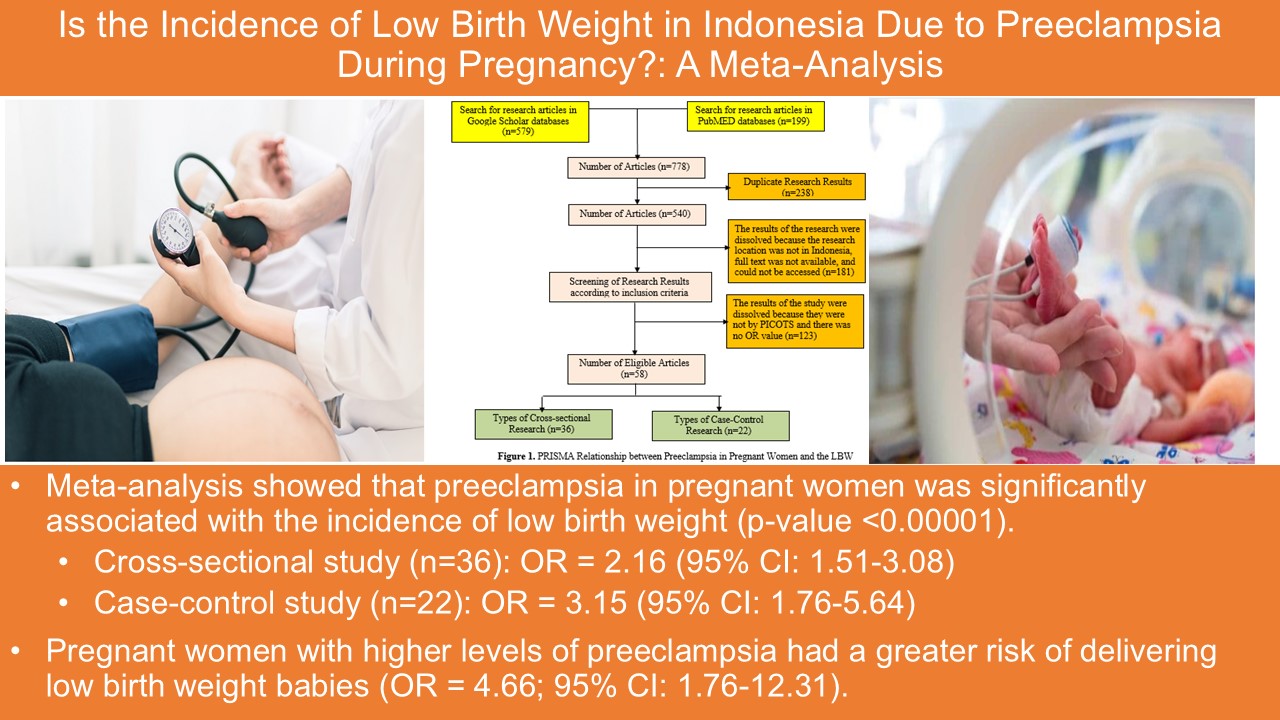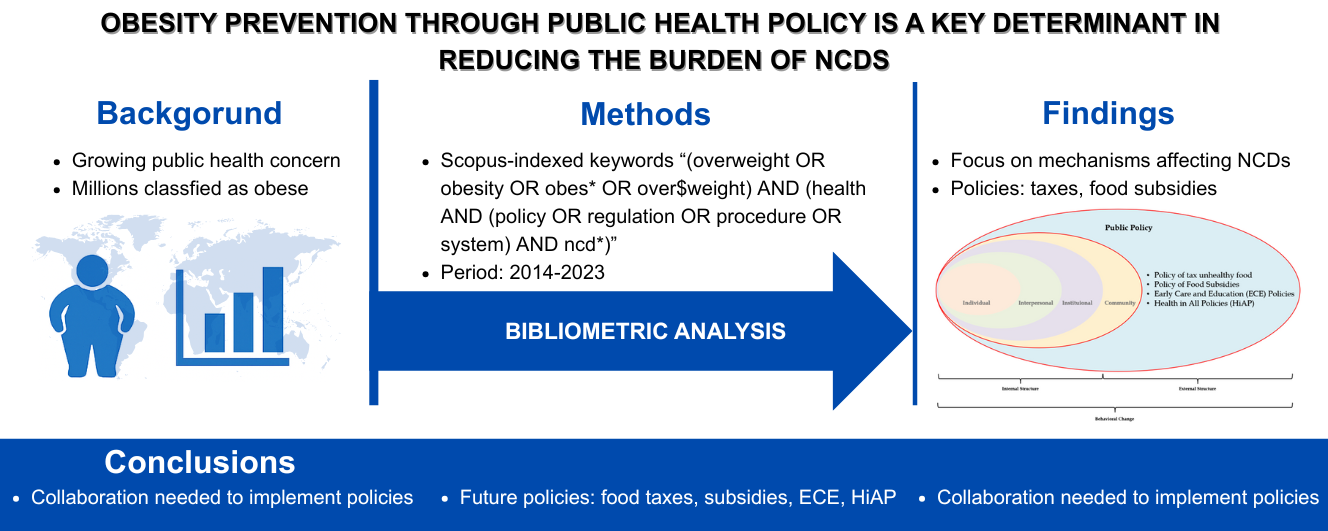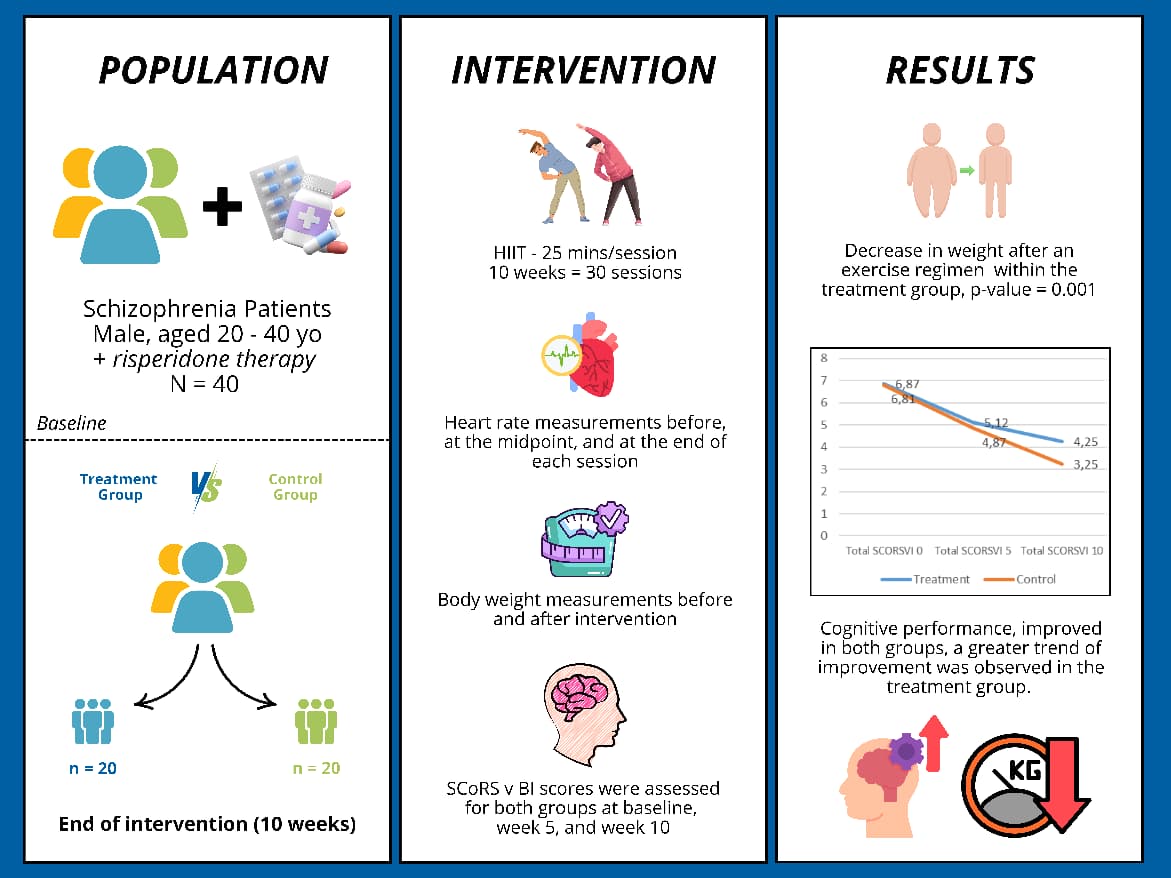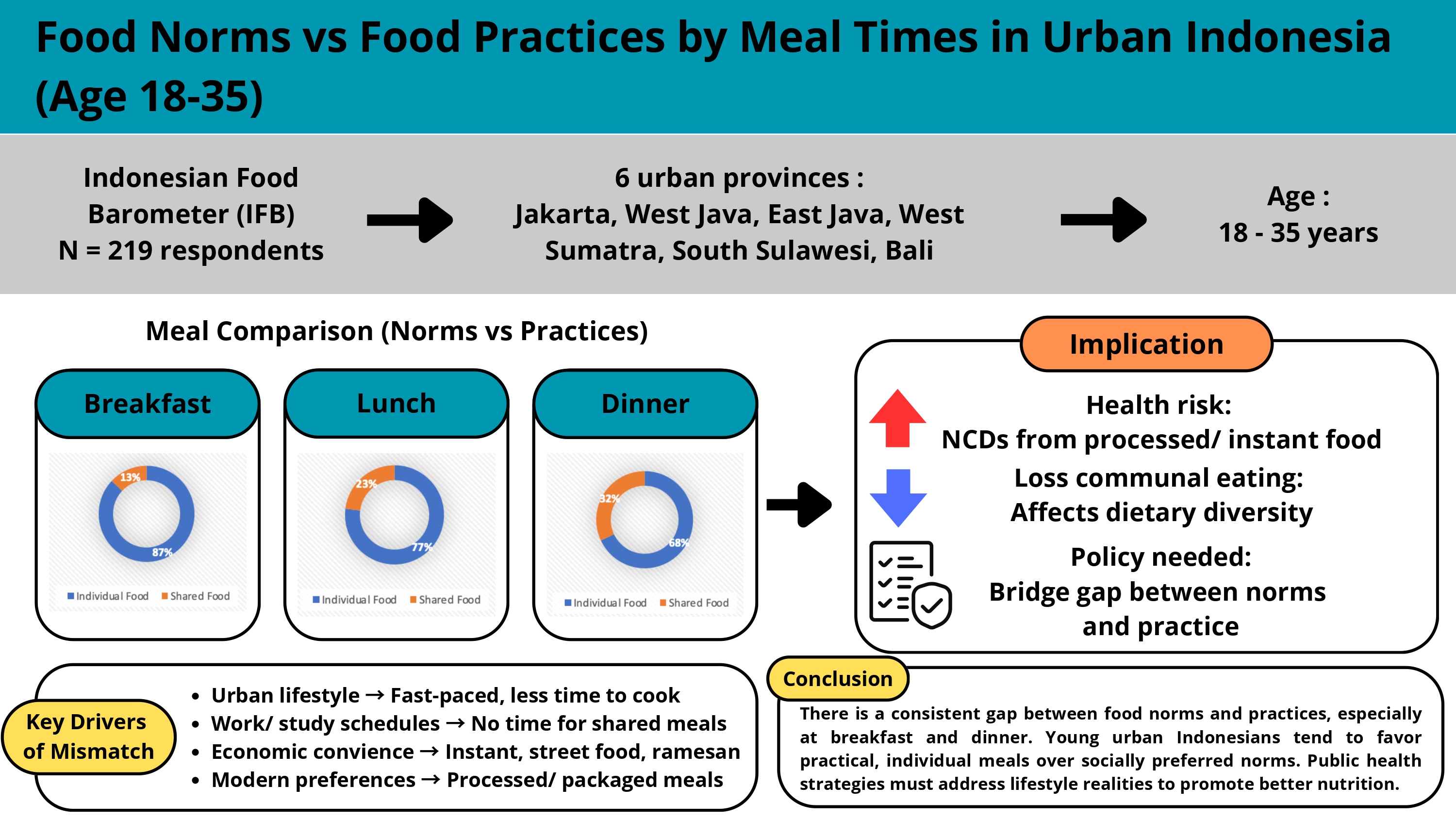Associations of Complementary Feeding Practice History and Protein Adequacy Level with Childhood Stunting in the Working Area of Puskesmas Bantaran in Probolinggo Regency
HUBUNGAN ANTARA RIWAYAT PEMBERIAN MP-ASI DAN KECUKUPAN PROTEIN DENGAN KEJADIAN STUNTING PADA BALITA DI WILAYAH KERJA PUSKESMAS BANTARAN KABUPATEN PROBOLINGGO
Downloads
Stunting is often associated with too early complementary feeding time and inadequate protein intake. The purpose of this study was to analyze the relationship between the practice of complementary feeding and the level of protein adequacy with the incidence of stunting in toddlers in the working area of Puskesmas Bantaran Probolinggo regency, East Java. Research used observational analytic with retrospective case control design. The sample were 22 stunted group and 22 non-stunted control group who met the inclusion criteria, and taken by simple random sampling. The sample was a stunting locus village toddler in the working area of Puskesmas Bantaran, Probolinggo Regency with mother as respondents. Data collection instruments included questionnaires of characteristic, SQ-FFQ to assess protein adequacy, and microtoise to measure height. Analysis using Chi-Square and Spearman test. The results showed that stunted toddlers get inappropriate complementary feeding (81.8%) and deficit of protein intake (81.8%). Non-stunted toddlers get the right complementary feeding practices (63.6%) and adequate protein intake (59.1%). There is a relationship between the practice of complementary feeding (p=0.002, OR=7.87) and the level of protein adequacy (p=0.005, OR=6.5) with the incidence of stunting in toddlers. The conclusion of this study is that toddlers with improper complementary feeding practices are 7.87 times higher risk of stunting and toddlers with adequate levels of protein deficit are 6.5 times higher risk of stunting. Mothers should be able to increase the amount of protein intake and proper complementary feeding.
Angeles-Agdeppa, I., & Toledo, M. B. (2020). Usual Nutrient and Food Intake of Filipino Stunted Children: Does It Matter? Journal of Food and Nutrition Research, 8(9), 516-527.
Azmy, U., dan Mundiastuti, L. (2018). Konsumsi Zat Gizi pada Balita Stunting dan Non-Stunting di Kabupaten Bangkalan. Amerta Nutr. 292-298 Doi: 10.2473/amnt.v2i3.2018.292-298.
Adani, F. Y., & Nindya, T. S. (2017). Perbedaan Asupan Energi, Protein, Zink, dan Perkembangan pada Balita Stunting dan non Stunting. Amerta Nutrition, 1(2), 46. https://doi.org/10.20473/amnt.v1i2.2017.46-51
Badan Pusat Statistik Kabupaten Probolinggo. (2019). Kabupaten Probolinggo Dalam Angka 2019. Probolinggo: BPS Kabupaten Probolinggo.
Cruz LMG, Azpeitia GG, Súarez DR, Rodríguez AS, Ferrer JFL, Serra-Majem L. (2017). Factors Associated with Stunting among Children Aged 0 to 59 Months from the Central Region of Mozambique. Nutrients. 12;9(5):491. Doi: 10.3390/nu9050491.
Cahyani, A.S.D., 2019. Hubungan Riwayat ASI Eksklusif, Riwayat Pemberian
Makanan Pendamping ASI (MP-ASI) dengan Persepsi Ibu terhadap
Perilaku Picky Eater dan Status Gizi pada Anak Usia 12-36 Bulan di
Puskesmas Sidotopo Surabaya. Skripsi. Universitas Airlangga Surabaya.
Dewi, S., dan Mu'minah, I. (2020). Pemberian MP-ASI Tidak Berhubungan dengan Kejadian Stunting pada Anak Usia 1- 3 Tahun di Wilayah Kerja Puskesmas Sumbang I Kabupaten Banyumas. Jurnal Imiah Rekam Medis dan Informatika Kesehatan. 10(1): 5-10.
Destarina, R. (2018). Faktor Risiko Anemia Ibu Hamil Terhadap Panjang Badan Lahir Pendek Di Puskesmas Sentolo 1 Kulon Progo D.I. Yogyakarta. Gizi Indonesia. 41(1):39 – 48. Doi: http://ejournal.persagi.org/index.php/Gizi_Indon.
Eko. (2022). Survei SSGBI Tahun 2021 Sebanyak 5.33 Juta Balita Alami Stunting, Target Penurunan 3% Pertahun. https://paudpedia.kemdikbud.go.id/berita/survei-ssgbi-tahun-2021-sebanyak-533-juta-balita-alami-stunting-target-penurunan-3-pertahun?id=651&ix=11
Esfarjani, F., Roustaee, R., Roustaee, R., Mohammadi-Nasrabadi, F., Mohammadi-Nasrabadi, F., Esmaillzadeh, A., & Esmaillzadeh, A. (2013). Major Dietary Patterns in Relation to Stunting among Children in Tehran, Iran. Journal of Health, Population and Nutrition, 31(2), 202–210. https://doi.org/10.3329/jhpn.v31i2.16384.
Fewtrell, M., Bronsky, J., Campoy, C., Domellöf, M., Embleton, N., Mis, N. F., Hojsak, I., Hulst, J. M., Indrio, F., Lapillonne, A., & Molgaard, C. (2017). Complementary feeding: A position paper by the European Society for Paediatric Gastroenterology, Hepatology, and Nutrition (ESPGHAN) committee on nutrition. Journal of Pediatric Gastroenterology and Nutrition, 64(1), 119–132. https://doi.org/10.1097/MPG.0000000000001454.
Hanum, N. H. (2019). Hubungan Tinggi Badan Ibu dan Riwayat Pemberian MP-ASI dengan Kejadian Stunting pada Balita Usia 24-59 Bulan. Amerta Nutrition, 3(2), 78-84. doi: https://doi.org/10.20473/amnt.v3i2.2019.78-84.
Hanley-Cook, G., Argaw, A., Dahal, P., Chitekwe, S., & Kolsteren, P. (2020). Infant and young child feeding practices and child linear growth in Nepal: Regression–decomposition analysis of national survey data, 1996–2016. Maternal and Child Nutrition, 18(S1), 1–12. https://doi.org/10.1111/mcn.12911.
Javid, N dan Pu, C. (2020). Maternal Stature, Maternal Education and Child Growth in Pakistan: a cross-sectional study. AIMS Public Health. 7(2): 380–392. Doi: 10.3934/publichealth.2020032.
Kusumawardhani, I., Gunawan, I. M. A., & Aritonang, I. (2017). ASI Eksklusif, Panjang Badan Lahir, Berat Badan Lahir Rendah Sebagai Faktor Risiko Terjadinya Stunting Pada Anak Usia 6-24 Bulan Di Puskesmas Lendah II Kulon Progo. Naskah Publikasi. http://eprints.poltekkesjogja.ac.id/239/1/30INTAN%20KUSUMA.pdf.
Kaimila, Y., Divala, O., Agapova, S.E., Stephenson, K.B., Thakwalakwa, C., Trehan, I., Manary, M.J., and Maleta, K.M. (2019). Consumption of Animal-Source Protein is Associated with Improved Height-for Age z Scores in Rural Malawian Children Aged 12–36 Months. Nutrients. 11(2), 480. Doi: https://doi.org/10.3390/nu11020480.
Kementerian Kesehatan R.I. (2020). Peraturan Meteri Kesehatan Republik Indonesia Nomor 2 Tahun 2020 tentang Standar Antropometri Anak. Jakarta: Direktorat Jenderal Bina Gizi dan Kesehatan Ibu dan Anak
Kementerian Kesehatan R.I. (2018). Hasil Utama Riskesdas 2018. Jakarta: Badan Penelitian dan Pengembangan Kesehatan.
Kementerian Kesehatan R.I. (2013). Riset Kesehatan Dasar (Riskesdas) 2013. Jakarta: Badan Penelitian dan Pengembangan Kesehatan.
Kementerian Kesehatan R.I., (2019). Menggembirakan, Angka Stunting Turun 3,1%
dalam Setahun. Jakarta: Badan Penelitian dan Pengembangan Kesehatan.
Kementerian Kesehatan R.I. (2021). Buku Saku Hasil Studi Status Gizi Indonesia (SSGI) Kabupaten/ Kota Tahun 2021.
Kuchenbecker J, Jordan I Reinbott A, Herrmann J, Jeremias T, Kennedy G, etal. (2015). Exclusive breastfeeding and its effect on growth of Malawian infants: results from a cross-sectional study. Paediatr Int Child Health, 35(1):14–23. doi: 10.1179/2046905514Y.0000000134.
Lemeshow, S., Hosmer, D., Klar, J., and Lwanga, S. (1990). Adequacy of Sample Size in Health Studies. [e-book]. England: John Wiley Sons Ltd.
Mistry, S., Hossain, M., Khanam, F., Akter, F., Parvez, M., Yunus, F., and Rahman, M. (2018). Individual-, maternal- and household-level factors associated with stunting among children aged 0–23 months in Bangladesh. Public Health Nutrition, 22(1), 85-94. doi:10.1017/S1368980018002926.
National Family Health Survey (NFHS-4) (2015–2016). International Institute of Population Science (IIPS). Mumbai (India). http://rchiips.org/nfhs/factsheet_nfhs-4.shtml
Nai H.M.E., Gunawan, M.A., dan Esti, N. (2014). Praktik Pemberian Makanan Pendamping ASI (MP-ASI) Bukan Faktor Risiko Kejadian Stunting Pada Anak Usia 6-23 Bulan. Jurnal Gizi dan Dietetik Indonesia, 2(3), hal: 126-139. DOI: http://dx.doi.org/10.21927/ijnd.2014.2(3).126-139.
Nai et al (2014) ‘Praktik pemberian makanan pendamping asi (mp-asi) sebagai faktor risiko kejadian', Tesis, 2(1), pp. 126–139. doi: 10.1039/c0an00880j
Nurhidayati, T., Rosiana, H, dan Rozikhan. (2020). Usia Ibu Saat Hamil Dan Kejadian Stunting Pada Anak Usia 1-3 Tahun. Midwifery Care Journal. 1(5), 122 – 126.
Nurlaeli, H (2019). Stunting Pada Anak Usia 0-59 Bulan di Posyandu Lestari, Desa Ciporos, karangpucung, Cilacap. STKIP Darussalam Cilacap. Jurnal Studi Islam, Gender dan Anak Vol 14, No 1. Doi: https://doi.org/10.24090/yinyang.v14i1.2858.
Nurkomala, S., Nuryanto, N., dan Panunggal, B. (2018). Praktik Pemberian MPASI (Makanan Pendamping Air Susu Ibu) Pada Anak Stunting dan Tidak Stunting Usia 6 – 24 Bulan. Journal of Nutrition College, vol. 7, no. 2, pp 45-53. https://doi.org/10.14710/jnc.v7i2.20822.
Puskesmas Bantaran. (2019). Rembuk Stunting Puskesmas Bantaran. Probolinggo, Indonesia: Utomo.
Rusyantia, A (2018). Hubungan Kebiasaan Konsumsi Ikan Dan Asupan Protein Hewani Dengan Kejadian Stunting Batita di Pulau Pasaran Kotamadya Bandar Lampung. Jurnal Surya Medika (JSM). 4(1), 67-71. Doi:10.33084/jsm.v4i1.352.
Satriani, S., Cahyati, W. H. dan Ari, Y. (2019) Disparity of Risk Factors Stunting on Toddlers in the Coast and the Mountain Areas of Sinjai, South Sulawesi. Public Health Perspective Journal, 4(3), pp. 196–205).
Sjarif, D. R., Yuliarti, K, & Wiliam J. I. (2019). Daily Consumption of Growing-up Milk Is Associated with Less Stunting Among Indonesian Toddlers. Medical Journal of Indonesia, 2019;28;70-6. Doi: https://doi.org/10.13181/mji.v28i1.2607.
Sulistyawati, A. (2018). Faktor-faktor Yang Berhubungan Dengan Kejadian Stunting Pada Balita. Jurnal Ilmu Kesehatan, 5(1): 21 – 30.
Shofiyah, S. (2020). Hubungan Pemberian Makanan Pendamping (MP) ASI Dini Dengan Status Gizi Pada Bayi Usia 6-12 Bulan. Samodra Ilmu, 11(2), pp. 220-227.
Takziah, M. (2013). Determinan Epidemiologi Kejadian BBLR pada Daerah Endemis Malaria di Kabupaten Banjar Provinsi Kalimantan Selatan. Tesis. Surabaya: Universitas Airlangga: 21-56.
Uliyanti, Tamtomo, D., & Anantanyu, S. (2017). Faktor Yang Berhubungan Dengan Kejadian Stuntig Pada Balita Usia 24 – 59 Bulan. Jurnal Vokasi Kesehatan, 3(2): 67 – 77.
Verawati, B., Yanto, N., & Afrinis, N. (2021). Hubungan Asupan Protein Dengan Kejadian Stunting Pada Balita Di Masa Pandemi Covid-19. Jurnal Kesehatan Masyarakat, 5(1): 2623 – 1581.
Virginia, A. (2019). Hubungan Pemberian MP-ASI Dan Usia Pertama Pemberian MP-ASI Dengan Kejadian Stunting Pada Anak Usia 6-24 Bulan di Desa Leyangan Kecamatan Ungaran Timur Kabupaten Semarang. Artikel Penelitan. Universitas Ngudi Waluyo.
Wandini, R., Rilyani, dan Resti E. (2021). Pemberian Makanan Pendamping ASI (MP-ASI) Berhubungan Dengan Kejadian Stunting Pada Balita. Jurnal Kebidanan Malahayati, 7(2): 274-278.
Wulandari, R.C., dan Muniroh, L. (2020). Hubungan Tingkat Kecukupan Gizi, Tingkat Pengetahuan Ibu, dan Tinggi Badan Orangtua dengan Kejadian Stunting Pada Balita Di Wilayah Kerja Puskesmas Tambak Wedi Surabaya. Amerta Nutr. 95-102 DOI: 10.2473/amnt.v4i2.2020.95-102.
Wellina, W.F., Kartasurya, M.I., dan Rahfiludin, M.Z. (2016). Faktor Risiko Stunting pada Anak Umur 12-24 Bulan. Jurnal Gizi Indonesia (The Indonesian Journal of Nutrition). 5(1): 55-61. Doi:10.14710/jgi.5.1.55-61.
World Health Organization (WHO). (2022). Complementary Feeding. https://www.who.int/health-topics/complementary-feeding#tab=tab_2.
World Health Organization (WHO). (2022). Joint Child Malnutrition Estimates. https://www.who.int/data/gho/data/themes/topics/joint-child-malnutrition-estimates-unicef-who-wb.
World Health Organization (WHO). (2015). Stunting in a nutshell. https://www.who.int/news/item/19-11-2015-stunting-in-a-nutshell.
Yunitasari, E., Pradanie R., Arifin H., Fajrianti, D., Lee, B-0. (2021) Determinan of Stunting Prevention Among Mother with Childern Aged 6 – 24 Month. Macedonian Journal of Medical Sciences. 9(B):378-384. Doi: https://doi.org/10.3889/oamjms.2021.6106.

This work is licensed under a Creative Commons Attribution-NonCommercial-ShareAlike 4.0 International License.
- MEDIA GIZI INDONESIA Journal is the copyright owner of all materials published on this website.
- The formal legal provisions for access to digital articles of this electronic journal are subject to the terms of the Creative Commons Attribution-NonCommercial-ShareAlike license (CC BY-NC-SA 4.0), which means that MEDIA GIZI INDONESIA Journal and readers reserve the right to save, transmit media / format, manage in database, maintain, and publish articles as long as it continues to include the name of the Author.
- Printed and published print and electronic manuscripts are open access for educational, research and library purposes. In addition to these objectives, the editorial board shall not be liable for violations of copyright law.


2.png)





















